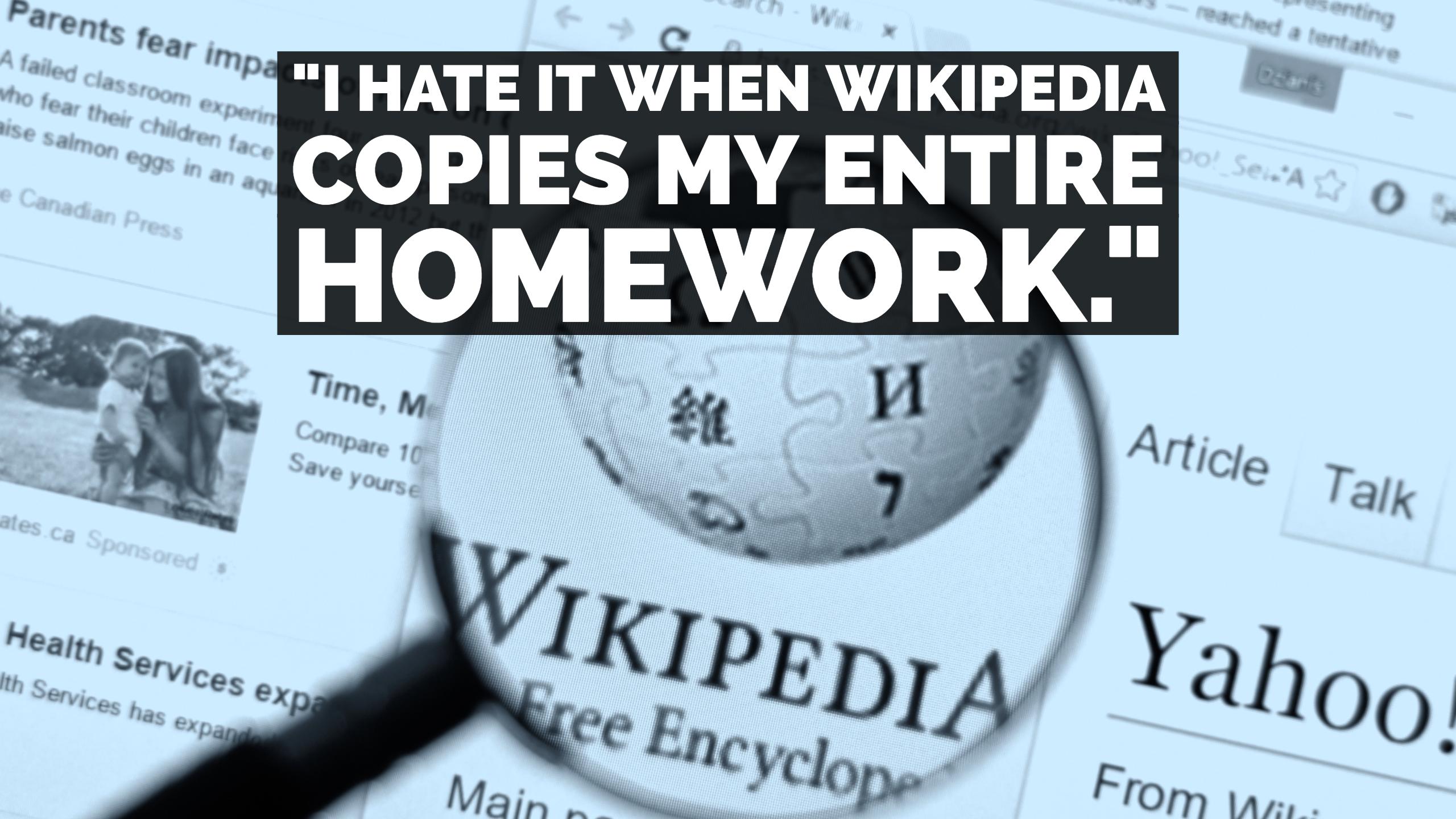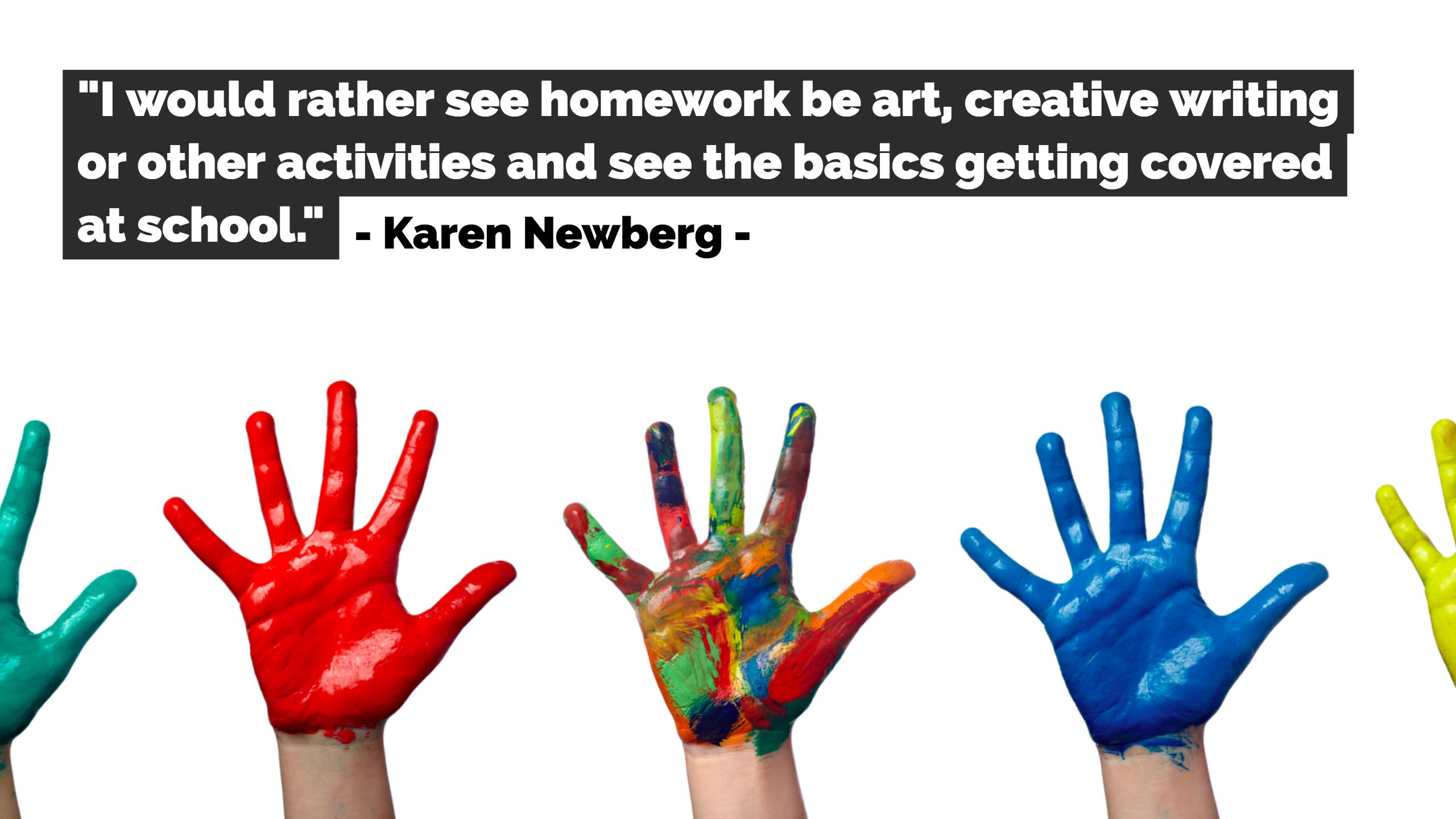Is homework bad for kids? A different approach to homework worldwide
 Lucie Renard —
Lucie Renard —
Homework is a hot topic in many schools across the globe. But one thing is sure: students hate it. It takes away their “childhood”. So, should you get rid of it or should you give less or more? Is homework gook or bad? What are the effects of homework?
I did some digging into the “no homework policies” and into homework in different countries around the globe and its impact on the students.
In this post, I’ll state some facts and figures and I’ll show you why less homework is actually a magical wand to conjure motivated students.

No homework in Finland
Finland has a very different, but impressive school system. Here are some facts:
Finnish students rarely do homework until their teens. On average, Finnish students do only about three hours of homework a week. However, in 2012 they scored sixth highest in the world in reading, not to mention their 12th highest place in math on the OECD’s international test, known as PISA (Program for International Student Assessment).
Finland’s high school graduation rate is at 93% compared to 78% in Canada and 75% in the US. About 2 in 3 students in Finland will go on to college. And that’s the highest rate in all of Europe!
Finland and New York have the same number of teachers. To clarify, Finland has nearly half the number of students. That means there’s one teacher for twelve students. In NYC there’s one teacher for twenty four students. This means that Finnish students get more personalized help from their teachers.
Standardized testing is kept to a minimum. Finnish students only get one standardized test when they are 16 years old. How many did you have to take? Before a New York student reaches high school, the students will have already taken 10 standardized tests.
US elementary students get 25 minutes of recess, where students in Finland get about 75 minutes a day.
Finland knows good teachers are essential. That’s why teachers are all required to have a master’s degree. Finland’s teachers are as esteemed as their doctors or lawyers. Respect!
Tell me, where would you want to teach?

Why you should give homework
Finland is doing well with its education system, but what about Singapore? Singapore is also one of the top achieving countries and assign their students lots of homework!
OECD researchers did some impressive research on the homework matter and found that homework does actually play an important role in student achievement within each country.
Moreover, they found that homework hours vary by socioeconomic status. To clarify, higher income 15-year-old students do more homework than lower income 15-year-olds. Even more impressive is that the students who are doing more homework tend to get higher test scores.
This means that there is an advantage for putting extra hours in homework. Who would have thought?
The “rich and poor homework gap”, is very alive in Singapore. Richer students spend about 11 hours on homework a week. That’s 3 hours more than low-income students. Not to mention that each extra hour of homework is associated with 18 extra points on the PISA math exam!
Unlike in most countries, where homework is associated with higher scores on the PISA test, that’s not the case in the US. Homework doesn’t reinforce inequality here.
Take a look at this article for more impressive numbers about the US and Shangai.
Why you shouldn’t give homework
So, it seems that homework can be good after all. Although, Fransesca Borgnovi (one of the authors of the study), is advocating for NO homework. More important are high quality teachers and instructions (like Finland!). Homework can be good to a certain extent, to teach students how to plan ahead, set goals and work in teams as well as independently. But more than four hours of horrifying homework a week isn’t very beneficial.
According to another review of educational research published in 2006 by Duke university professor Harris Cooper homework really has a positive effect on student achievement, but it depends on the student’s age. Homework has a positive effect on secondary students from grades 7 to 12.
So what about the younger students? Can’t they just be a child? If you should set up a no homework policy, it’s best to do it in elementary school.
There are also other things to consider before overloading your students with homework: the well-being of the students, time for their selves, time with family, etc.
A different look on homework
Here are a few insights, ideas and tips to look at homework in an other way.
- Highlight the idea that learning happens all the time naturally or elsewhere in a child’s world. Spend more time watching students develop their own games and rules in the neighborhood. Then try to challenge them to make games around a certain classroom topic.
- Some parents can’t shake the thought of their kid having less homework or even none at all. That’s where workshops come in handy. Learn their parents how to engage their children at home in authentic learning. Besides homework, there are lots of fun apps and games that engage the student and that also learn them something new.
- If there are motivated students, you need to provide ideas and support for them. Be aware that some students really want to put in an effort and do homework!
- Stop calling homework “homework”. Call it a challenge. Challenge your students to find out about the dead of person X. Make the challenge as interesting as it can get. Students won’t see it as homework anymore. This is something I learned from Dave Burgess (known for his book “teach like a pirate”) on the Ditch That Textbook Digital Summit hosted by Matt Miller.
- You can also treat homework as an extracurricular activity. Let your students use their talents to bring homework to a good end. Let them take pictures, film interviews, complete community surveys. Let them volunteer with local charities. Bring the playground to the class, instead of homework to the house. One more thing: don’t grade it!

The rule
The National Parent Teacher Association and the National Education Association support the “10-minute rule”. This rule recommends a daily maximum of 10 minutes of homework per grade level. This means that second graders, for instance, should do about 20 minutes of homework each day. High school seniors should do about 2 hours of homework each day.
If you decide to give your students homework, make sure it’s meaningful and in line with your lessons. Try to find a good average of homework and make homework more interesting.
Would you like to try something else as the “traditional” homework? Be sure to take a look at this page. You will find more than 20 creative alternative homework ideas.
Wrap up
You have had the opportunity to read about different perspectives related to homework. What is your opinion? Should students have homework or not? Let us know in our Facebook Group. It is always interesting to read more opinions in order to make good and informed choices. You may always share creative and fun homework assignments on Twitter!
Say hello👋 to me on LinkedIn.




